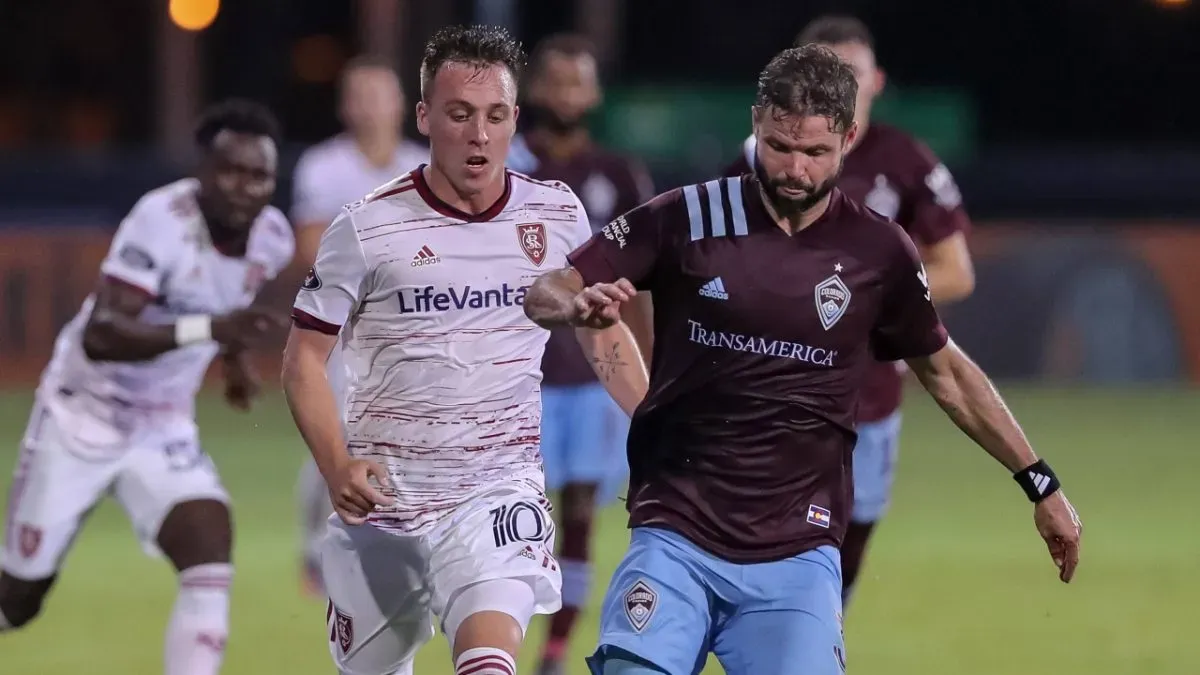Major League Soccer, abbreviated to MLS, continues to stretch across the United States. As of the 2023 season, there are 29 teams competing in the competition. By 2025, that number climbs to 30 when San Diego joins the fray.
It is a massive leap in a relatively short span of time when looking at the history of MLS. When it started, there were just nine teams competing, that was back in 1996. Over the years, teams steadily joined Major League Soccer. The first expansion team was the Chicago Fire, which made it an even 10 teams from 1998 to 2005.
Then, Major League Soccer started a stream of expansion that still lingers today. From 2005 to 2012, the league added one new franchise every year except for 2008. Then, from 2015 to the present day, 11 teams have made their debuts in Major League Soccer. At least one team has joined each season for the last seven seasons. Next year, the 2024 campaign will end that streak.
Yet, the spread of teams has not been totally even. Some states have one team and others have two. There are two states that have three teams, California and Texas. Moreover, California gains a fourth team when San Diego joins. Also, there are three teams in Canada. With New York, Florida, and Ohio each having two teams, many states do not have an MLS team. They may still have one close by but not one to call their own.
Our Pick:Includes: Every regular season game, MLS Cup Playoffs, Leagues Cup, & More |
 |
States without a Major League Soccer team
In total, there are 29 states without an MLS team. On the East Coast, those states that do not have teams are:
Maine,
New Hampshire,
Vermont,
Connecticut,
Rhode Island,
Delaware,
Maryland,
Virginia,
West Virginia and
South Carolina.
In the South, these states do not have teams:
Alabama,
Mississippi,
Arkansas,
Louisiana,
Oklahoma,
New Mexico,
Arizona and
Nevada
Then, many states in the Midwest do not have teams:
Kentucky,
Indiana,
Michigan,
Wisconsin,
Iowa,
South Dakota,
North Dakota,
Nebraska,
Wyoming,
Montana and
Idaho.

Real Salt Lake and the Colorado Rapids capture most of the MLS audiences in the west.
While these teams do not have states, MLS and the 29 current squads employ a similar tactic as other sports leagues in the United States. Certain teams represent bigger areas, not just the city they play in. For example, the Colorado Rapids, much like the Denver Broncos, is the ‘home team’ for states like Idaho, Wyoming, and even New Mexico. Likewise, Real Salt Lake covers Nevada, Arizona and Idaho. In the same fashion, the New England Revolution fittingly stands in for the underrepresented New England states. Maine, Vermont, New Hampshire, Connecticut, and Rhode Island can call the New England Revolution their local MLS team.
USL teams give these states something to support
While MLS may not be in every state, some of the areas without a Major League Soccer team do have prominent USL Championship or USL League 1 fan bases. The Charleston Battery, which is the oldest professional soccer team in the United States still operating, lost to the Phoenix Rising in the USL Championship Final this past weekend.
Detroit City FC, the Birmingham Legion, New Mexico United, and FC Tulsa are among the USL Championship clubs with prominent supporter bases in states that do not have an MLS team. Therefore, local soccer fans have a ‘home’ team to support that plays at a professional level.
PHOTOS: IMAGO.















